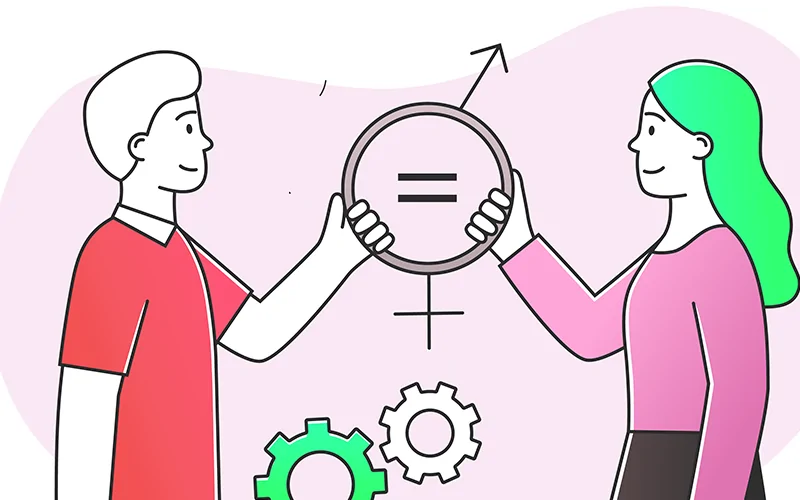What is the Hierarchy of Decisions Making?
The Hierarchy of decisions:
Decision-making is a group affair and there are different patterns of participation in the decision-making process. At this level where one man has the final authority, there is elaborate consultation and deliberation before the chief executive takes the final decision. The fact, remains that the top decision-maker may receive all the inputs of information regarding choices and their consequence, but it is he who must process this information and make his decision in the light of his own ability to enforce it and motivate others to accept it.
Hierarchy means a graded organization of several successive steps or levels. To Simon each and every organization have some purpose. To achieve that purpose it divides its jobs into various units and sub units. But this hierarchy or pyramid of goals is not perfectly organized or integrated in any actual behaviour. Certain amount of integration will have to be achieved in reality, without which no purpose can be achieved.
There are two important dimensions of behavioral approach:
- The policy-making and the implementation
- The involvement of facts and values in decision-making.
It stress that at the lower level decisions are based on factual judgements. In the decision-making process, choosing of ends involves selection of an alternative based on value judgement and factual judgement. Rationality in the decision-making process largely depends upon the correct choice of both the value judgement and factual judgement.





